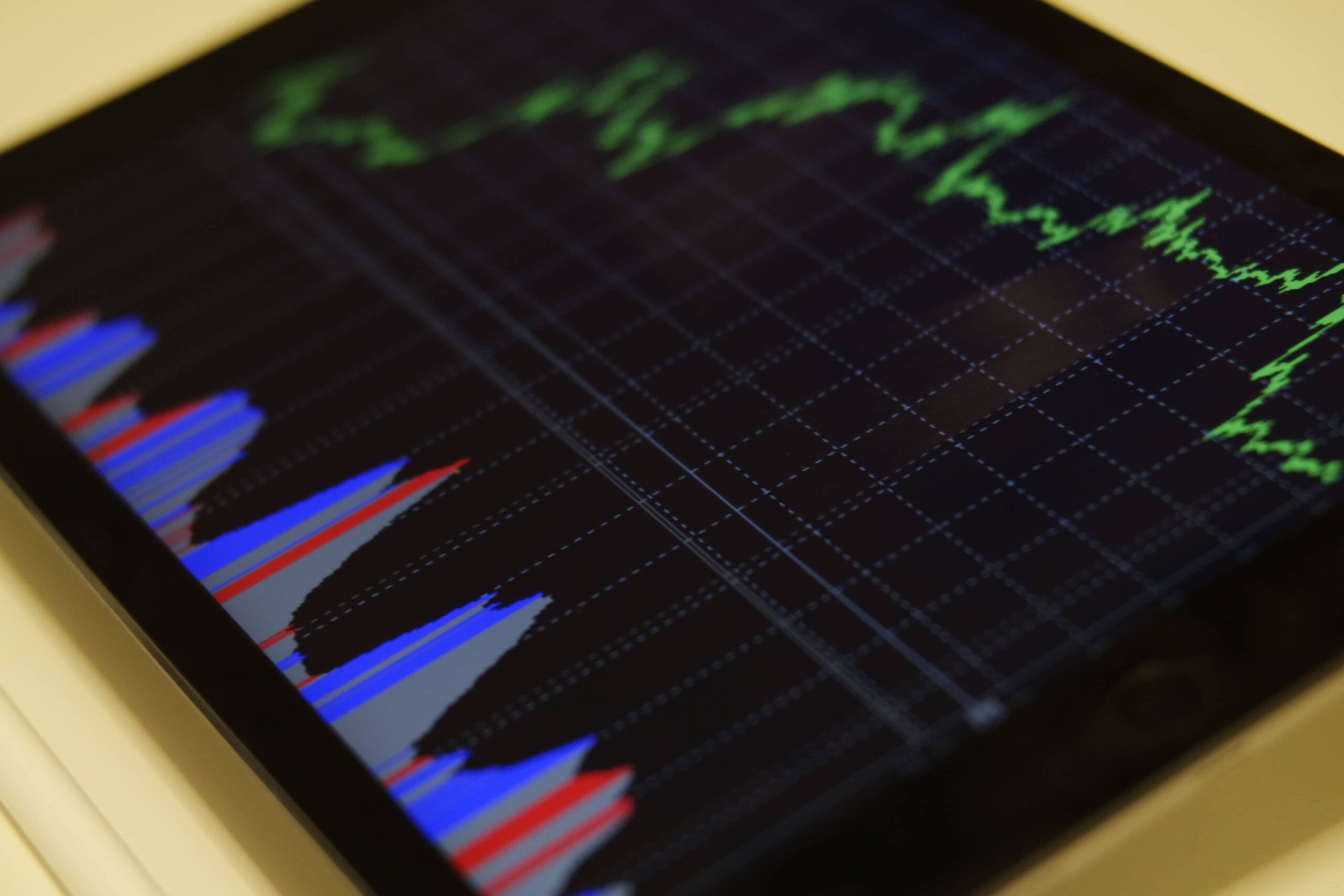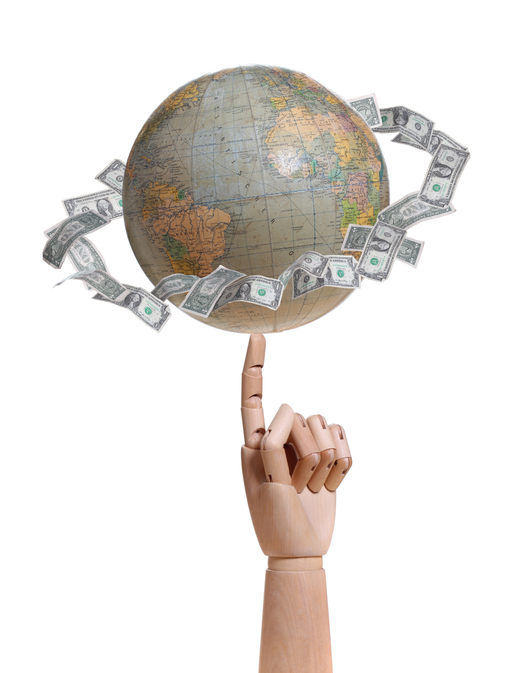My youngest child, a college freshman, recently sent me a long text discussing the potential opportunities for Bitcoin miners. As we know, last year, Bitcoin rocketed from $1,000 to $20,000 before splashing down below $9,000.
I know an 80-year old investor who has shifted most of his portfolio into stocks, particularly into healthcare and technology stocks.
Another investor recently told me about purchasing a Chinese-based tech stock after it had already doubled in price in a short period of time. The stock has a trailing price-earnings ratio (P/E) of 48 (triple the S&P 500’s long-term average P/E). The air is thin at that high valuation.
As the New York Yankee’s famous manager, Yogi Berra, once said, “It’s like déjà vu all over again.”
At this point in the market cycle, many investors are looking for the next “hit”, like a drug-induced euphoria. Patience and a consistent investment strategy are just not natural to the human brain. Two behaviors recycle in the human investment experience, 1) people tend to over-estimate their investing skills; and, 2) people act like lemmings (including up to and over the cliff).
After a recent flight, one of my esteemed study group colleagues shared his experience “getting educated” by one of the flight attendants. Upon learning that he was a financial planner, she extolled the merits and logistics of cryptocurrency investing, asked him for a stock tip, and when he had none to offer she strongly urged him to buy what she said will likely become the “Facebook” of marijuana exchange. This mile-high investment guru expects Bitcoin to reach the $75,000 level in the not-to-distant-future.
At times, to be honest, these stories seem surreal. My planner pal said, “The whole experience left me feeling a bit exhausted, but only slightly diminished as a human being. As Louis Armstrong so beautifully and melodically reminds us, it’s a wonderful world.” To each his or her own.
For those of us who might be labeled silly “fiduciary constrained” financial planners, it’s back to the workaday grind of practicing our wet blanket, prudish principals, where, for better or for worse, risk management remains an inherent part of the deal. There is always a link between risk and return. Potentially higher returns indicate higher potential risk of loss.
The late Dr. Paul Samuelson, an economics professor at MIT (and 1970 Nobel Prize winner) said, “Investing should be more like watching paint dry or watching grass grow. If you want excitement, take $800 and go to Las Vegas.”
Let evidence and research drive your investment decisions – there are no shortcuts. Be consistent. Be patient. After all, this is your hard-earned money. The really important conversation is about reaching your financial life goals not beating the market. The day’s market headlines are noise. Focus on the headlines in your life.
This article was originally published in the March 25th edition of the Knoxville News Sentinel.



